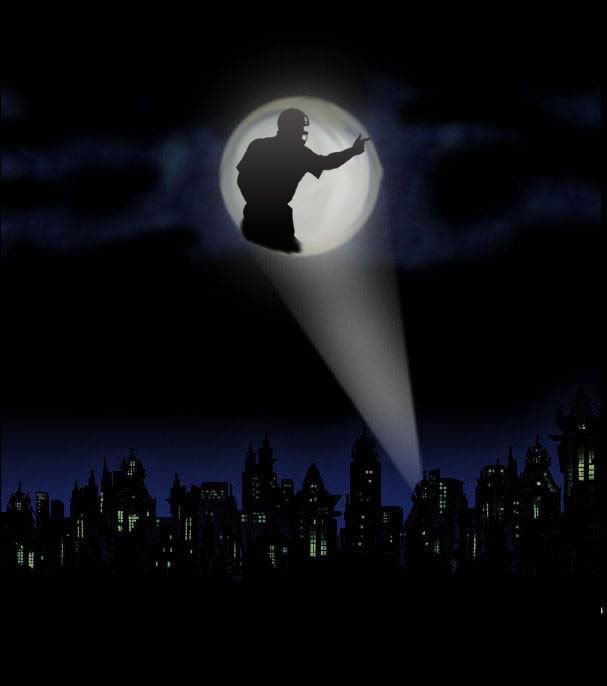Everyone has covered it pretty well. All that's left is for me to add my two cents...
When the catcher is making a throw to a base, in an attempt to retire a runner, the batter's box offers some sanctuary for the batter, but not total sanctuary.
The rules recognize that on this play the batter is precisely where the rules require her to be when receiving a pitch- in the batter's box. It would be unreasonable to expect the batter to go "poof" and disappear following a pitch.
As long as the batter remains relatively in place and makes no sudden move into the catcher or the throwing lane, she is protected from an interference call on this play. If the batter does that, but the catcher's throw still hits her, or the catcher initiates the contact and runs into the batter, there is no violation- the ball remains live and the play continues.
However, it is possible for the batter to be called for interference here even though she is within the batter's box. An example would be if the batter suddenly stepped backwards or forwards, keeping her feet in the box, but still interfering with the catcher or the throw. In that case, batter interference would be a correct call.
Besides the play at third base asked about here, another way a batter can interfere while still being in the box is if she leans out across the plate when a catcher is throwing to second base. There again, her feet may remain in the batter's box, but her actions have gone beyond what is normally expected of a batter following a pitch and she can be called for interference if she disrupts the catcher or the throw.
The flip side of this is when the batter steps out of the batter's box. By stepping out, she has now lost whatever protection the box might provide against an interference call. If the batter is out of the box and contacts the catcher or the throw, interference is automatic.
On batter interference, the ball is immediately dead, the batter is out and the runner(s) must return to their last base touched at the time of the interference. The high school rule that covers this is 7-4-4, along with the "PENALTY" listed at the end of that section.
On a couple of the other points raised...
- As noted above, there is a different standard applied when a runner is advancing to home plate. In that case, the batter is required to vacate any area needed by the catcher or the defense to make their play on the runner. Technically, "in" or "out" of the batter's box isn't really the issue on this play. A batter could stay in the box and possibly still not interfere with the play. The two questions the umpire has to ask are, "Did the batter fail to vacate the area needed by the defense for the play?", and, "Did she interfere?". If the answer to both those questions is "yes", then you have batter interference.
- On the batter nailing the catcher with a "practice swing", that can be considered a form of interference. The batter is responsible to know what's going on around her and to control the bat she is holding in her hands. The catcher has the right to make an unimpeded throw and the batter's action denied her of that right.

